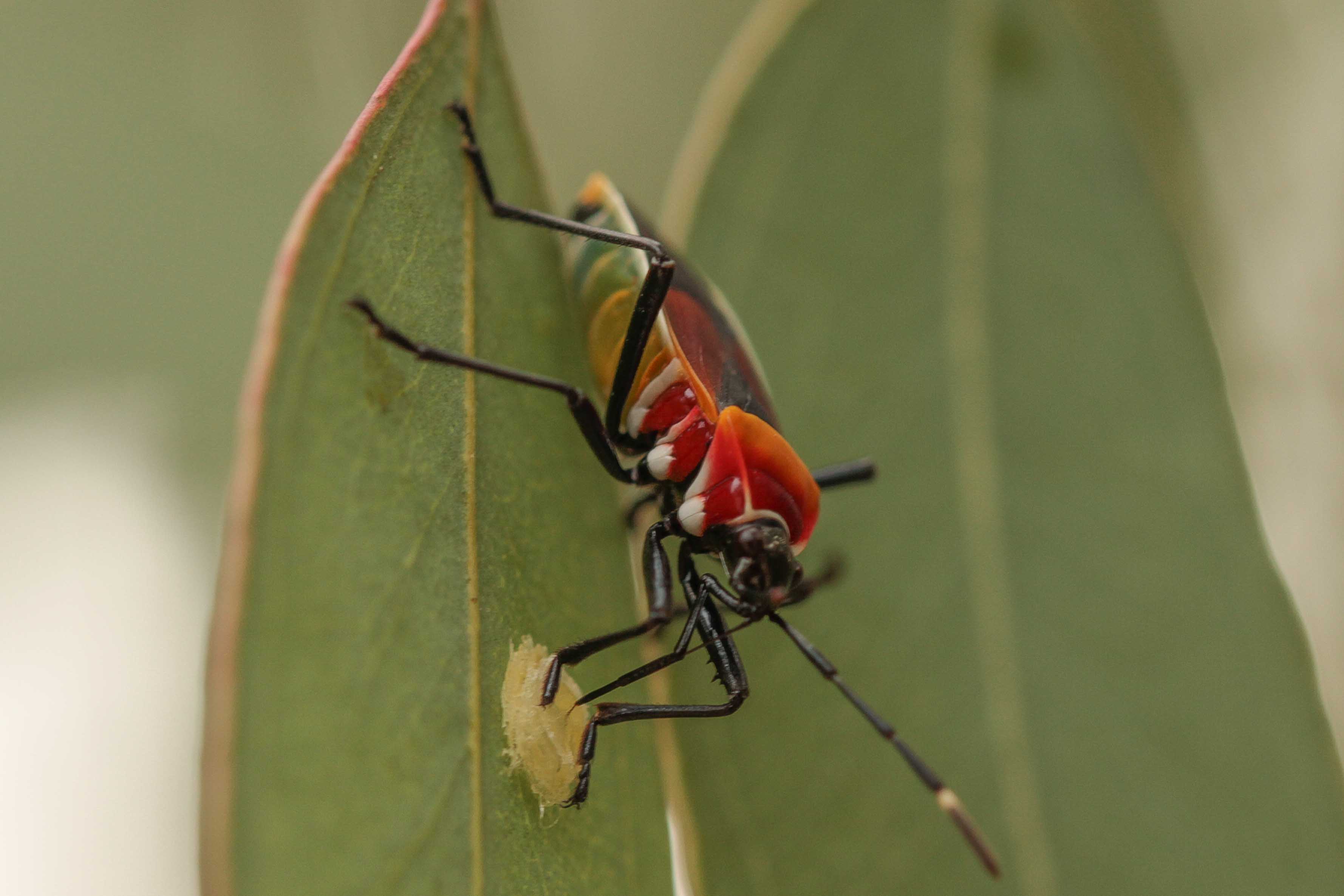

This may be due to fewer brassica-free periods, smaller plot size or other factors. Reports in Pennsylvania tend to be on organic farms. However, he notes this option would be expensive and labor intensive.

Fleischer, starting early in the season with up to three applications within a two week window at the highest labeled rate and continuing until the problem is gone is likely to control harlequin. Pyrethrins are allowable in organic production. See the Commercial Vegetable Production Recommendations guide for insecticide options. Insecticide controls include pyrethroids and/or neonicotinoids. One grower has successfully controlled harlequin by frequent vacuuming. Plant an early crop of horseradish, mustard or kale and try to kill the harlequin bugs concentrated on this favorite host. Trap crops have been recommended, but I would suggest that you need to rapidly kill the bugs in the trap crop, or destroy the trap crop and follow it with a host-free period, for this to work well. Remove or disk in residue to destroy overwintering sites. Leftover crop residue in the field provides a protected host area for over-wintering adult harlequins. Keeping these weeds under control in fields and on field edges will limit habitat. Harlequin can also feed and reproduce on wild weedy mustards (Shepherd's purse, wild mustard, pepperweed), pigweed (Amaranthus spp.), lambsquarter (Chenopodium spp.). Remember brassica cover crops, like forage radish, are known hosts. Host-free periods without brassicas can help limit the population. These plants all belong to the mustard family. equestris, Black-and-Red-bug, Knight bug, Harlequin bug, Bodenwanzen, Langwanzen, Lygaeid. RM GMT3AT Ritterwanze, Ritter-Wanze, Lygaeus cf. Popular Brassica plants include cabbage, broccoli, kale, cauliflower, and kohlrabi. RF R1HWTX Tectocoris diophthalmus, commonly known as the Hibiscus Harlequin Bug or Cotton Harlequin Bug, is a brightly coloured convex and rounded shield-shaped. To control harlequin bugs, start with cultural controls. The Harlequin Cabbage Bug ( Murgantia histrionica) is the common name of a bug that sucks the juices from Brassica plants and other garden plants. They will emerge from hiding places such as crop residue during the first warm days of spring. In northern climates like Pennsylvania, only adult harlequin bugs can survive the winter. In the absence of these favorite hosts, tomato, potato, eggplant, okra, bean, asparagus, beet, weeds, fruit trees and field crops may be eaten. Two growers recently reported harlequin bugs rendering kale unmarketable without control. Plants commonly attacked by the harlequin bug include such crucifers as cabbage, cauliflower, collards, mustard, Brussels sprouts, turnip, kohlrabi and radish. The harlequin bug injures the host plants by injecting salivary secretions that liquefy plant tissue which they then ingest, causing the plants to wilt, brown and die. This pest has the ability to destroy the entire crop where it is not controlled. Penn State Extension entomologist Shelby Fleischer and colleagues would like to learn from growers if it and other related true bug species are a problem in your fields.


 0 kommentar(er)
0 kommentar(er)
